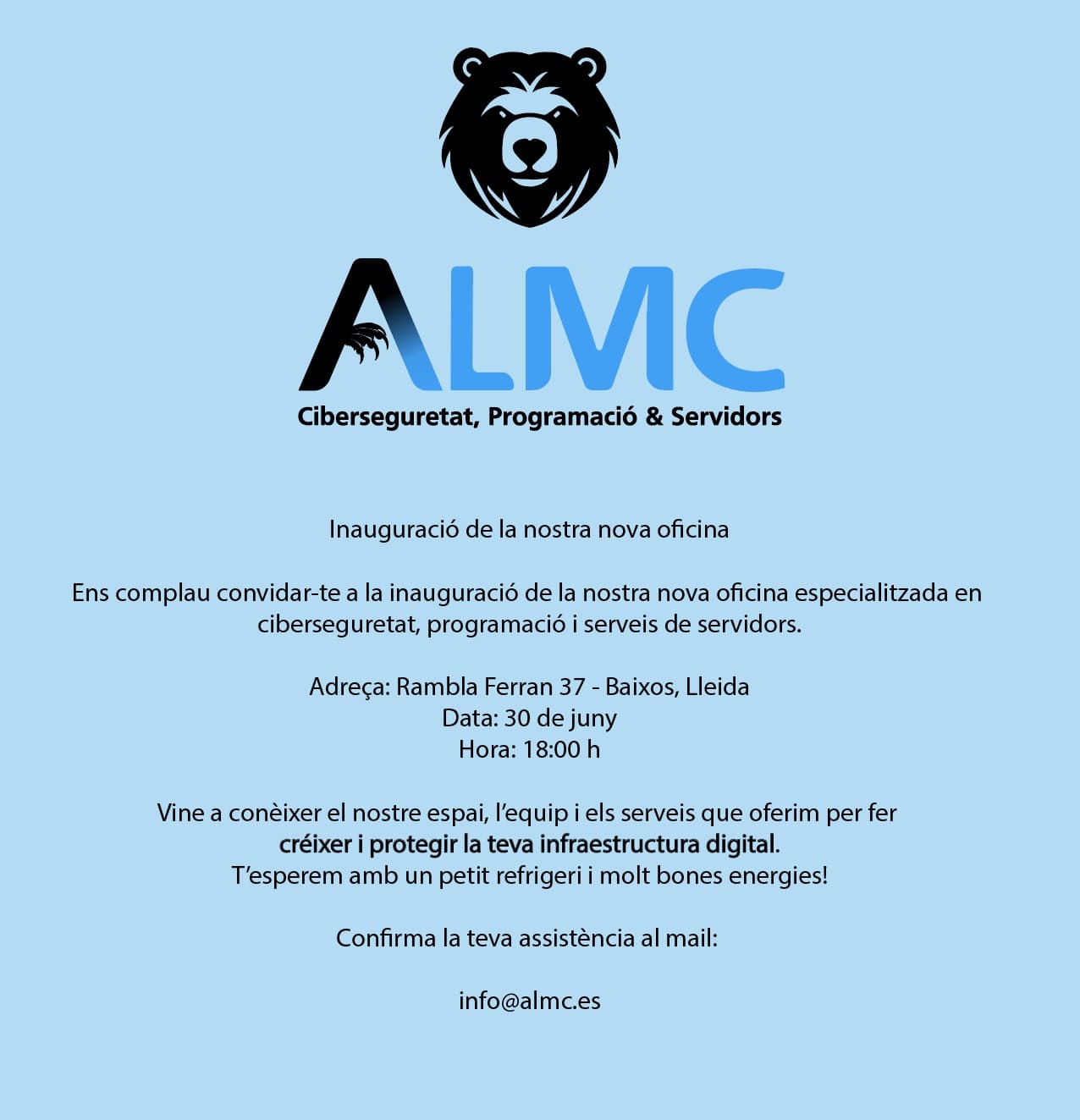Replicate Designer MCP
An MCP server for generating images using Replicate's Flux 1.1 Pro model.
Installation
Using Directly from GitHub
You can use the MCP server directly from GitHub in several ways:
Option 1: Install directly with pip
pip install git+https://github.com/yourusername/replicate-designer.git
Then run it with:
mcp-replicate-designer
Option 2: Use npx with GitHub repository
Create a configuration file (e.g., mcps.json):
{
"mcpServers": {
"replicateDesigner": {
"command": "npx",
"args": [
"-y",
"github:yourusername/replicate-designer"
],
"env": {
"REPLICATE_API_TOKEN": "your_replicate_api_token_here"
}
}
}
}
Then use it with Claude or another assistant:
npx @anthropic-ai/assistant --mcps-json mcps.json
This method allows you to include your Replicate API token directly in the configuration file, which is more convenient than setting environment variables separately.
Option 3: Local Installation
Clone the repository and install from the local directory:
git clone https://github.com/yourusername/replicate-designer.git
cd replicate-designer
pip install -e .
Publishing and Using via npm
To make your MCP available via npm (for easier distribution):
- Package and publish your MCP:
# Build a wheel
pip install build
python -m build
# Publish to npm (after setting up an npm account)
npm init
npm publish
- Then users can install and use it directly:
npx -y mcp-replicate-designer
Usage
Setting the API Token
There are several ways to provide your Replicate API token:
Environment variable (for command line usage):
export REPLICATE_API_TOKEN=your_api_token_hereIn the MCP configuration file (as shown in Option 2 above):
{ "mcpServers": { "replicateDesigner": { "command": "...", "args": ["..."], "env": { "REPLICATE_API_TOKEN": "your_replicate_api_token_here" } } } }Using a .env file in your project directory:
REPLICATE_API_TOKEN=your_api_token_hereThen, install the python-dotenv package:
pip install python-dotenv
Security Note: Be careful with your API tokens. Never commit them to public repositories, and use environment variables or secure secret management when possible.
Running the MCP server
mcp-replicate-designer
By default, it runs in stdio mode which is compatible with npx use. You can also run it in SSE mode:
mcp-replicate-designer --transport sse --port 8000
Using with npx
This MCP can be used with an AI agent using npx in two ways:
Direct command line
npx @anthropic-ai/assistant --mcp mcp-replicate-designer
As a configuration object
In your configuration JSON:
{
"mcpServers": {
"replicateDesigner": {
"command": "npx",
"args": [
"-y",
"mcp-replicate-designer"
]
}
}
}
Then use it with:
npx @anthropic-ai/assistant --mcps-json /path/to/your/config.json
Tool
This MCP exposes a single tool:
generate_image
Generates an image using Replicate's Flux 1.1 Pro model.
Parameters:
prompt(string, required): Text description of the image to generateaspect_ratio(string, optional, default: "1:1"): Aspect ratio for the generated imageoutput_format(string, optional, default: "webp"): Format of the output imageoutput_quality(integer, optional, default: 80): Quality of the output image (1-100)safety_tolerance(integer, optional, default: 2): Safety tolerance level (0-3)prompt_upsampling(boolean, optional, default: true): Whether to use prompt upsampling
Example:
{
"prompt": "A photograph of an humanoid AI agent looking sad and in disrepair, the agent is sat at a workbench getting fixed by a human male",
"aspect_ratio": "1:1",
"output_format": "webp"
}




